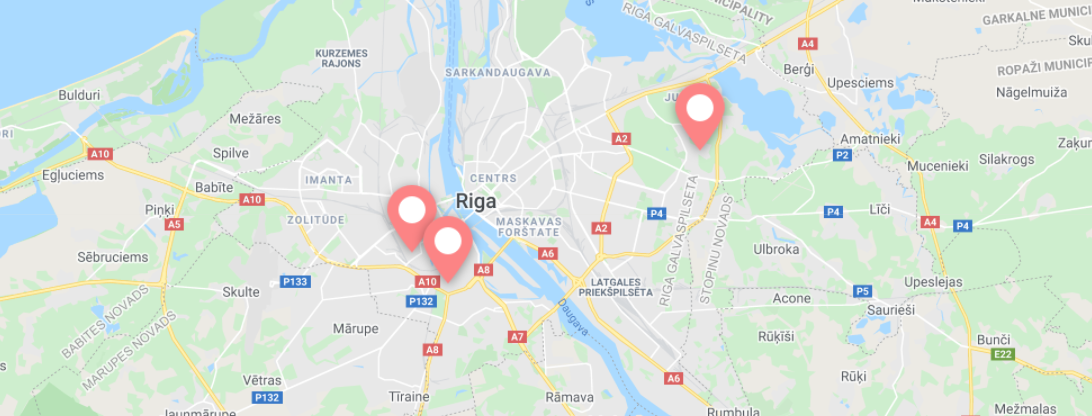Visticamāk, katrs reiz ir nokritis un piedzīvojis ziluma rašanos sasituma vietā. Zilums pakāpeniski maina krāsu no tumšas līdz gaišai un pēc tam pilnīgi izzūd. Dažkārt zilumam var būt piepacelta centrālā daļa, kas rodas no zemādas asiņošanas tuvu ādas virsmai. Piepaceltos apvidus zilumu vidusdaļā sauc par hematomām.

Haemophilia is a life-long disease. It is managed by application of clotting factor. There are several approaches towards when and how to apply the clotting factor in treatment of haemophilia A and B. Correct timing of prophylactic treatment is crucial for preserving health and quality of life of the patients.
Prophylactic vs. episodic treatment
When clotting factor is applied regularly, over a period of months and years with the intention of preventing possible bleeding, it is referred to as prophylaxis. It differs from episodic treatment, when concentrates are given only when necessary, in response to an injury or a bleeding episode. There is also something called periodic (intermittent) prophylaxis, which can last several weeks or month. One reason for this kind of treatment is as preparation for surgical procedures, and for aftercare.
Factors to consider
When choosing the best therapy and its timing, doctors consider:
- Age of the patient
- Severity of haemophilia
- Venous access
- Bleeding symptoms
- State of joints
- Intensity of physical activity
- Availability of clotting factor concentrates.
Treatment timing
There are many opinions on when to ideally begin and stop prophylactic treatment of patients with a bleeding disorder.
In countries where treatment is easily available, most experts agree that prophylaxis should be started before there is any permanent joint damage.
Some doctors say the clotting factors should be started immediately after the first instance of bleeding to the joint, or at a certain age (typically no later than age 2 or 3). Others recommend waiting until two or more bleeding episodes occur.
When to stop?
Experts agree the prophylactic treatment should be given to children for the duration of their growing years. There is no universal opinion on prophylactic treatment in adults. Some doctors say that young adults can easily cope without treatment, others recommend continuing with dosing. More studies are necessary before experts can agree on clear guidelines.
The decision of when to stop prophylaxis in a particular patient depends on the doctor’s and patient's agreement. Many haemophiliacs decide themselves whether or not they want to continue treatment when they reach adulthood.
(hak)
Source: www.wfh.or
 hema
hema







